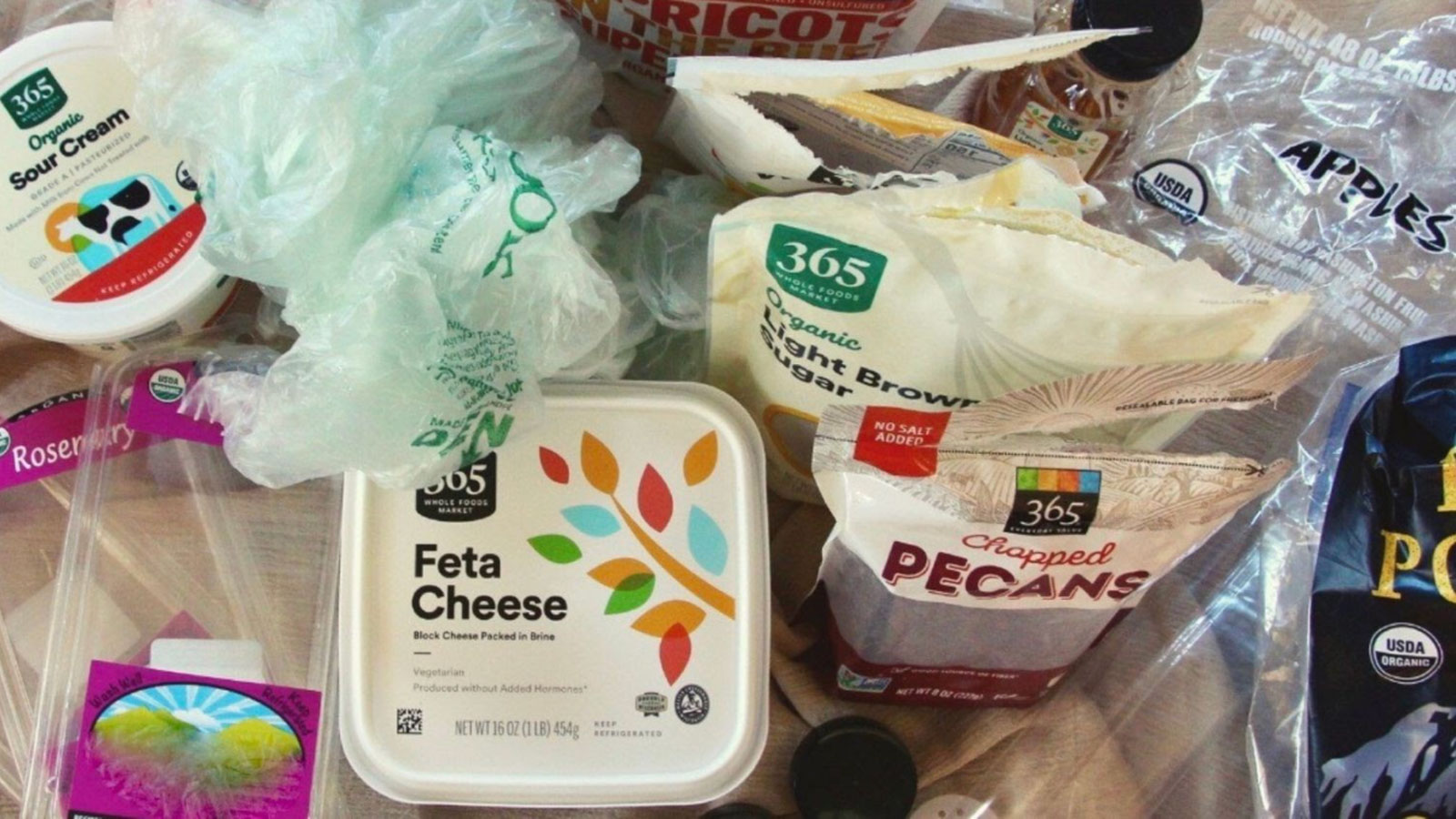
The Whole Foods Plastic Problem
Whole Foods can do more and do better to reduce single-use plastic packaging.
Whole Foods can do more and do better to reduce single-use plastic packaging.
Report ●
Polluters poured nearly 200 million pounds of toxic substances into U.S. waterways in 2020. We must strengthen Clean Water Act protections and reduce toxics use.
Report ●
Report ●
Methane gas (often known as natural gas) has heated the homes of many Americans for over a century — and for over a century, it has been prone to leaks, putting communities and the environment in danger.
Report ●
Pursuant to the Administrative Procedure Act and Clean Water Act, the Delaware Riverkeeper Network, PennFuture, Clean Air Council, Environment New Jersey, and PennEnvironment petition the U.S. EPA to engage in rulemaking to revise the water quality standards for Zones 3, 4, and River Miles 78.8 to 70.0 of Zone 5 of the Delaware River Estuary. Petitioners request EPA to issue a rule that revises the designated uses for the subject zones to include: 1) maintenance and propagation of resident fish and other aquatic life; and 2) spawning and nursery habitat for anadromous fish (collectively “propagation”). To protect the “propagation” use, the EPA must also upgrade the dissolved oxygen (“D.O.”) criteria for the subject zones to at least 6.3 mg/L.
Report ●
NJDOT is not in compliance with Executive Order 274 (“EO 274”)[i] which directs all State agencies to develop strategies to accomplish New Jersey’s policy of reducing greenhouse gas emissions (“GHGs”) by 50% below 2006 levels by 2030, the 50 x 30 Goal. Reducing GHGs in the transportation sector is crucial to accomplishing the 50 x 30 Goal. Vehicles account for 40.6% of the State’s net GHG emissions, making it the highest GHG source in the State.[ii]
Report ●
Transitioning to electric school buses would provide numerous benefits to communities and the environment, including improving children’s health and reducing air and noise pollution, as well as reducing the disproportionate burden that this pollution places on underserved communities.[iii] Electric school buses have the potential to bring even greater benefits if they are equipped with technology that allows them to deliver power to buildings and back to the grid. Vehicle-to-grid (V2G) technology enables electric school buses to provide stability, capacity and emergency power to the grid when needed, and potentially to earn revenue for school districts for providing these and other services. Policy-makers, utilities, school districts and transport operators should work to unlock these benefits through creative public policies and partnerships.
Report ●
A guide with everything you need to know when considering switching from gas cooking to induction.
Report ●
